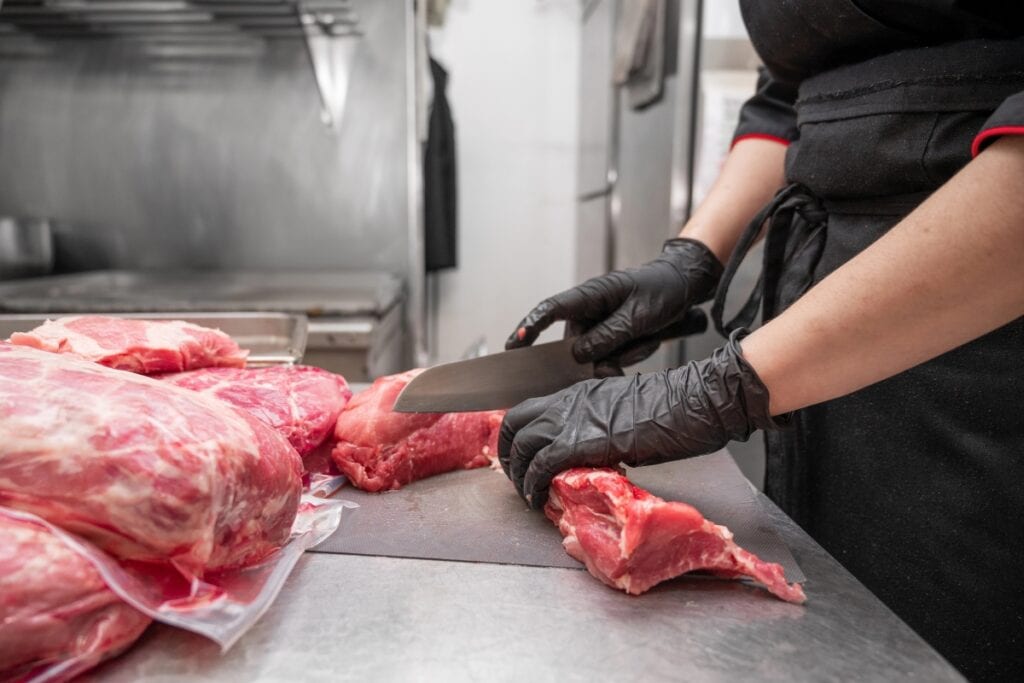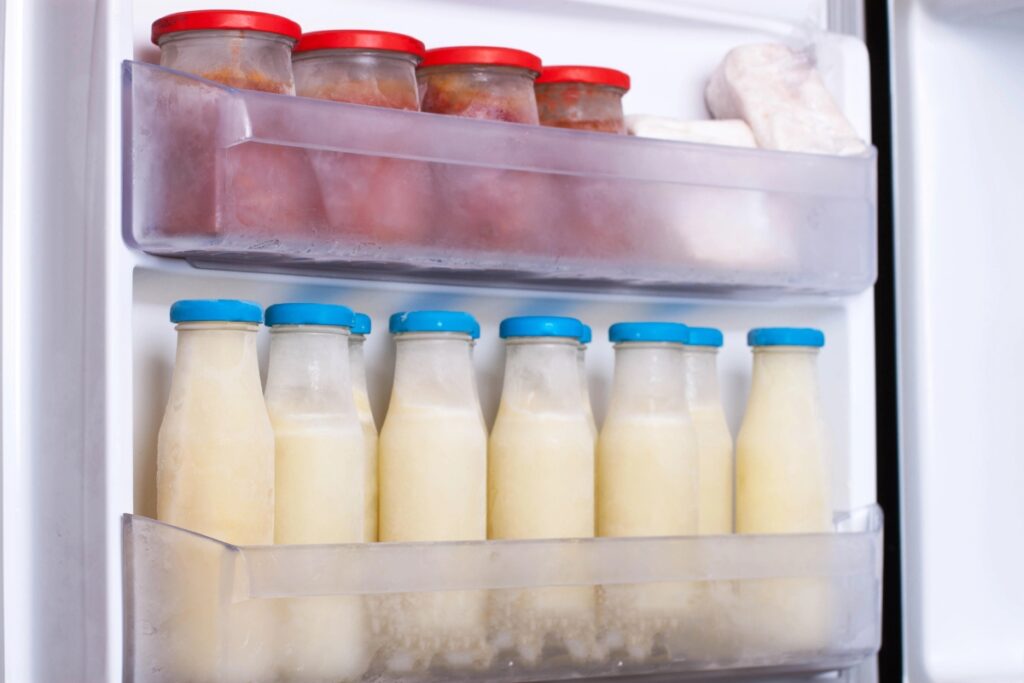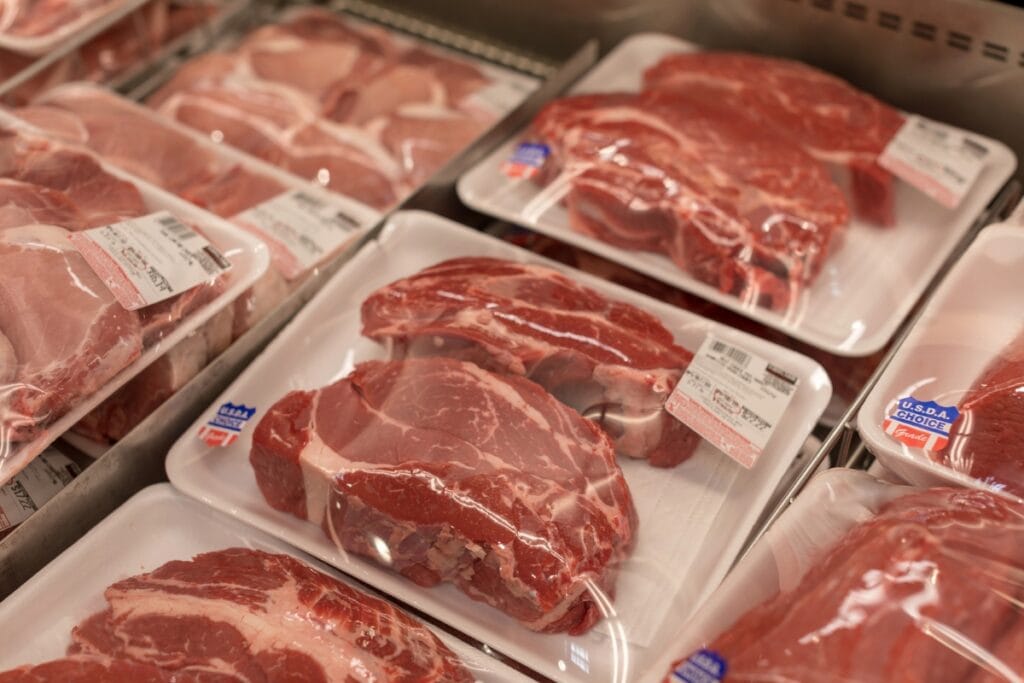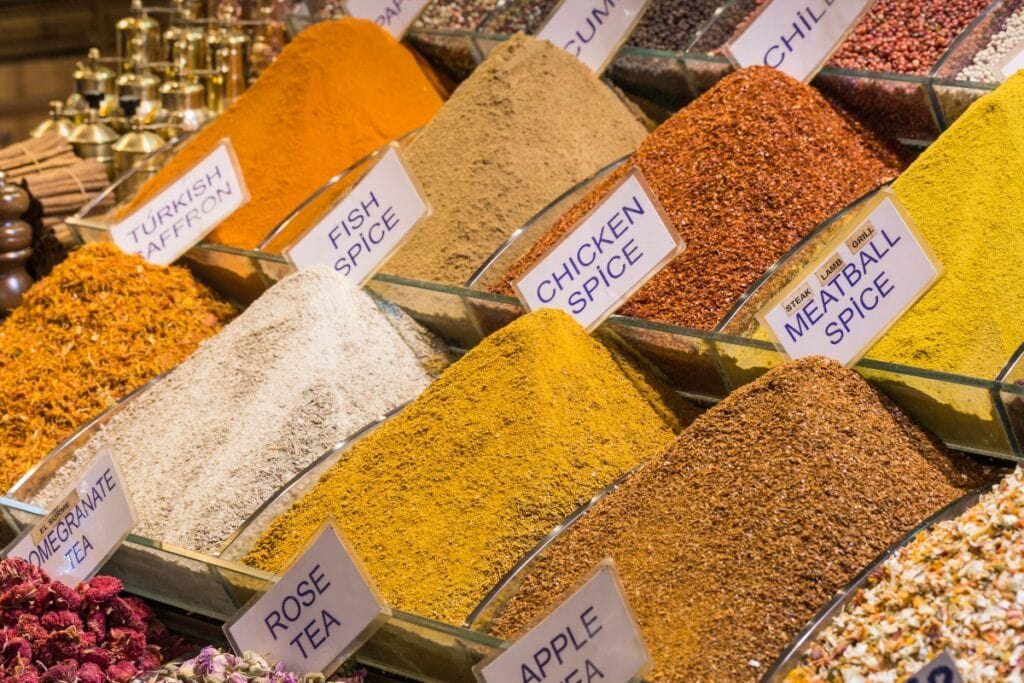12 Grocery Tips That Will Save You Money in 2025
We’ve all felt that sting at checkout when our grocery bill climbs higher than expected, especially when we thought we were being careful with our spending.
These money saving grocery tips can slash your food budget without forcing you to give up the meals and ingredients your family loves. From strategic shopping timing to clever storage hacks, these lesser-known approaches tackle every part of your grocery routine.
You’ll discover practical ways to stretch your dollar further and feel confident you’re getting the best deals possible.
1. Ask for a Discount on Damaged Packaging

If a box is crushed or a label is torn, many stores will give you 10-20% off if you simply ask at checkout. Most people assume damaged packaging means they can’t buy the item, but stores would rather sell it at a discount than throw it away or deal with returns.
2. Get Rain Checks on Sold-Out Sale Items

If something is out of stock during a sale, customer service can give you a slip to buy it later at the sale price, as long as the ad doesn’t say “while supplies last.” Many shoppers don’t realize this option exists and simply leave empty-handed when their desired sale item is gone.
3. Time Your Shopping for Maximum Markdowns

Bakery items get marked down in the evening, meat departments slash prices on items nearing their sell-by date mid-morning, and produce often goes on clearance right before new shipments arrive.
Ask your regular store’s employees when they typically do markdowns, then plan your shopping trips accordingly to score these deals.
4. Ask the Butcher for Custom Cuts and Insider Tips

Most people don’t realize they can talk to the butcher or meat department workers and they’re happy to help you get exactly what you need while saving money. They can trim fat, split a pack, or even tell you what cuts will go on sale soon.
5. You Can Freeze Milk, Cheese, and Butter

Some lesser known items that freeze well are dairy products, but just pour a little milk out before freezing to allow for expansion. Hard cheeses freeze well for cooking use, as well as butter, though texture may change slightly after thawing.
When on sale, stock up on dairy and just freeze what you’re not going to use that week for later.
6. Shop Holiday Markdown Cycles for Deep Discounts

The day after major holidays, stores mark down seasonal items like hams after Christmas, baking supplies after Valentine’s Day, and grilling items after Labor Day. These markdowns often start at 50% off and can reach 70% off or more within a week, perfect for stocking your freezer and pantry.
7. Buy Meat in Family Packs and Portion Yourself

Meat is often significantly cheaper per pound in larger family packs, and you can easily divide and freeze portions at home. What might cost $8 per pound in small packages could be $5 per pound in family size, adding up to serious savings for protein-heavy households.
8. Combine Discounted Gift Cards With Sales and Coupons

Buy discounted gift cards from sites like Raise (typically 5-15% off), then use those cards to pay for items that are already on sale plus any coupons you have. This stacking strategy lets you layer multiple savings methods for maximum discount on your grocery bill.
9. Use Your Phone to Track Prices Across Stores

Create a simple note in your phone with regular prices for your most-purchased items at different stores, so you’ll instantly recognize a genuine bargain.
This takes the guesswork out of deciding whether that “sale” price is worth a special trip or if you should wait for a better deal elsewhere.
10. Stock Up During True Sales, Not Fake Ones

Learn to recognize your grocery store’s sale cycles, because most items go on deep discount every 6-12 weeks, and that’s when you should buy enough to last until the next sale.
Fake sales offer minimal savings, but true stock-up sales can cut your cost per item by 50% or more when you buy strategically.
11. Shop International Cuisine Markets for Specialty Ingredients

International cuisine markets often sell spices, produce, and specialty ingredients for fraction of mainstream grocery store prices. A pound of cumin that costs $8 at a regular supermarket might cost $2 at an international cuisine market, and the quality is often superior too.
12. Learn Which Items Are Always Cheaper at Non-Grocery Stores

Some everyday items cost significantly less at pharmacies, dollar stores, or warehouse clubs than at grocery stores, even when the grocery store has them on sale. Make a mental note of where to get the best prices on things like aluminum foil, cleaning supplies, and basic medications, then stock up during your regular errands.







